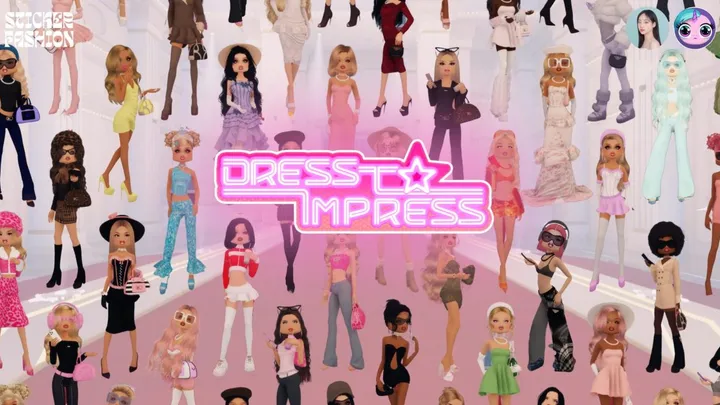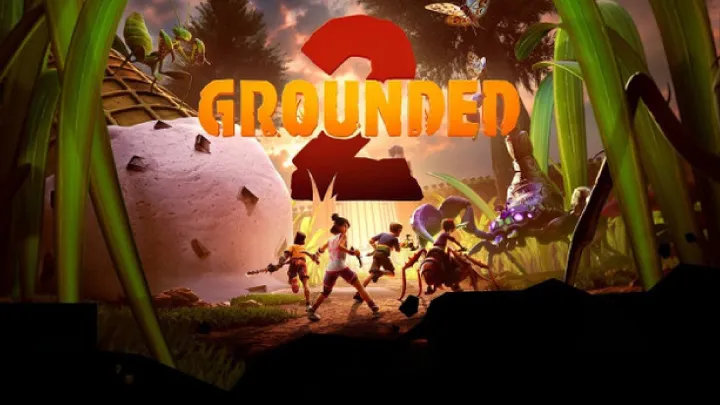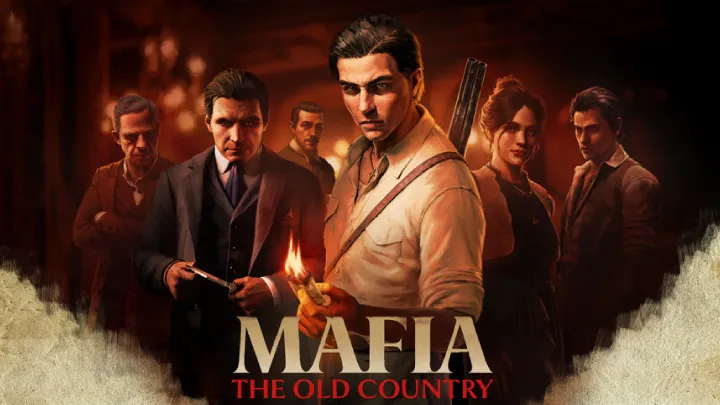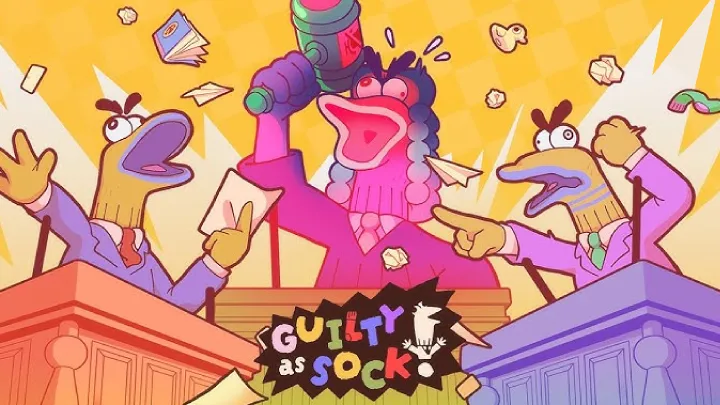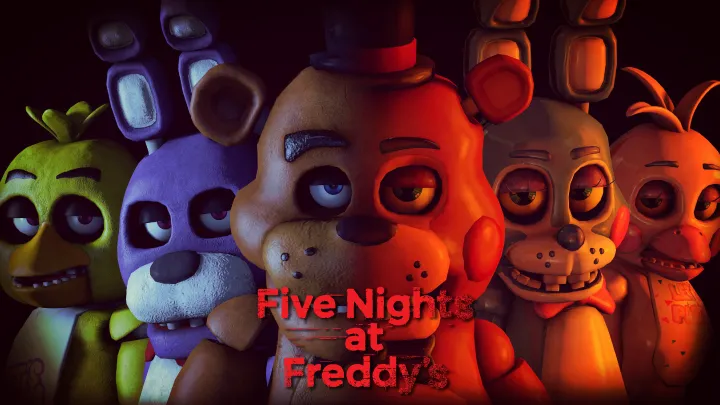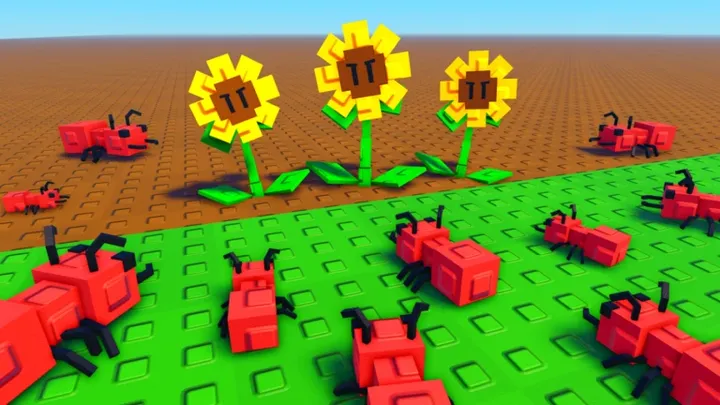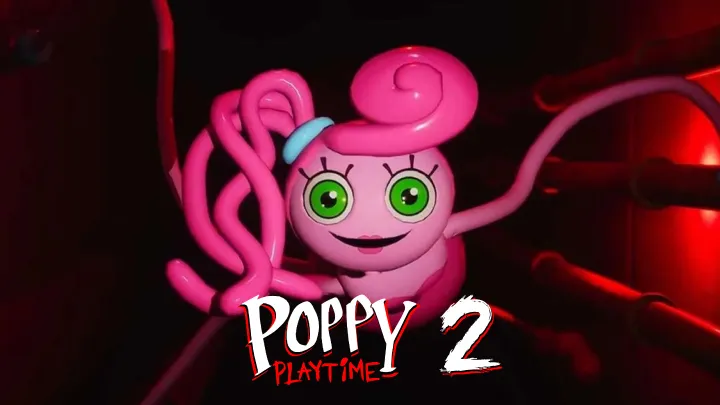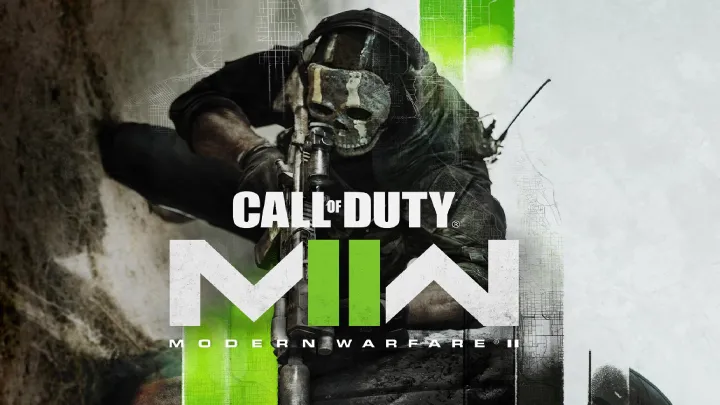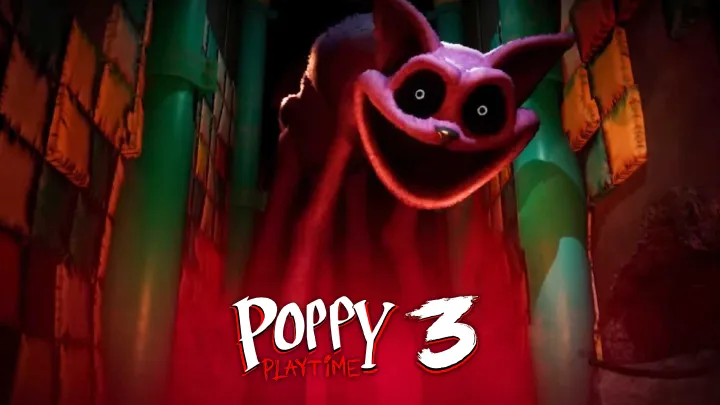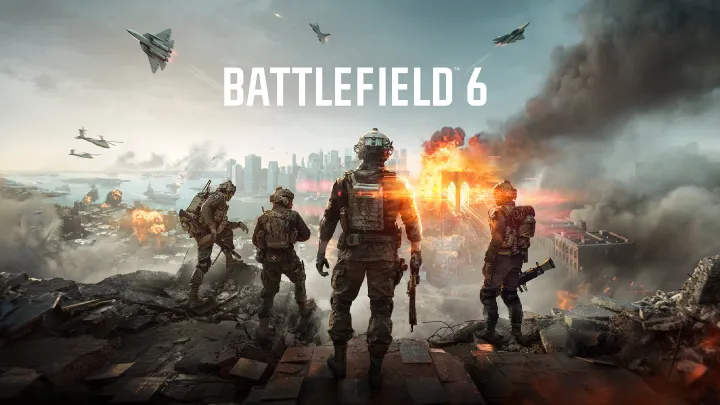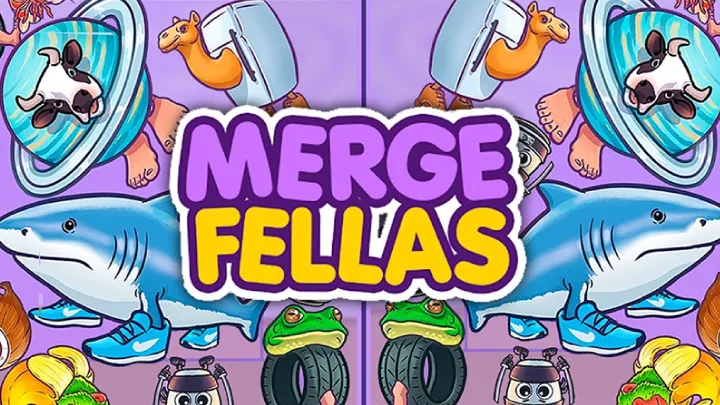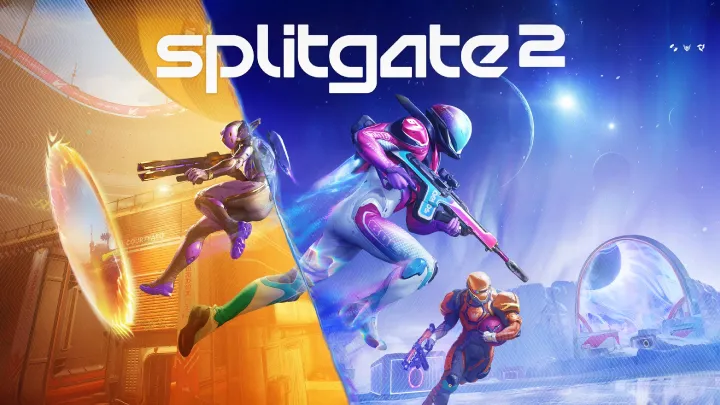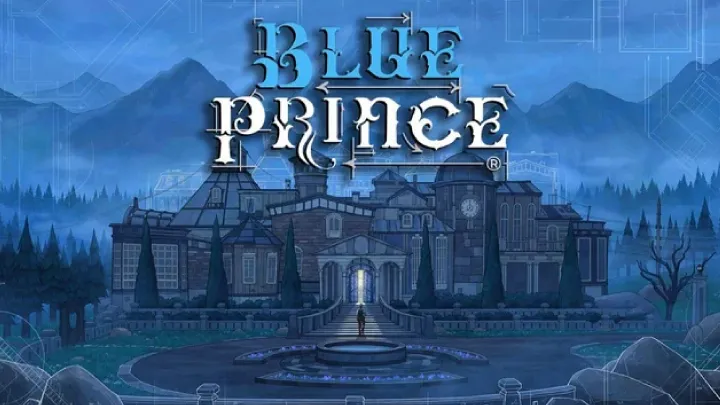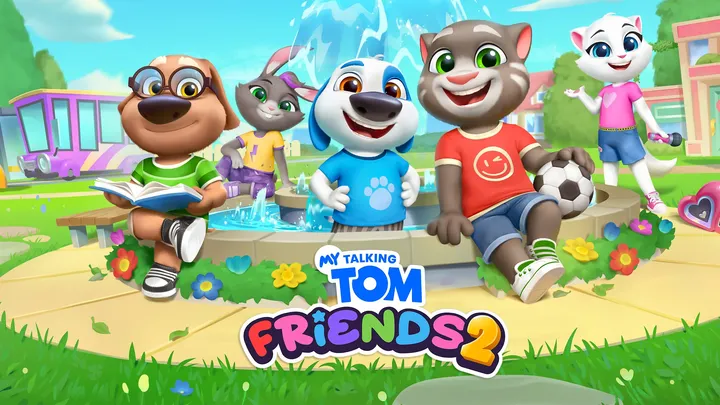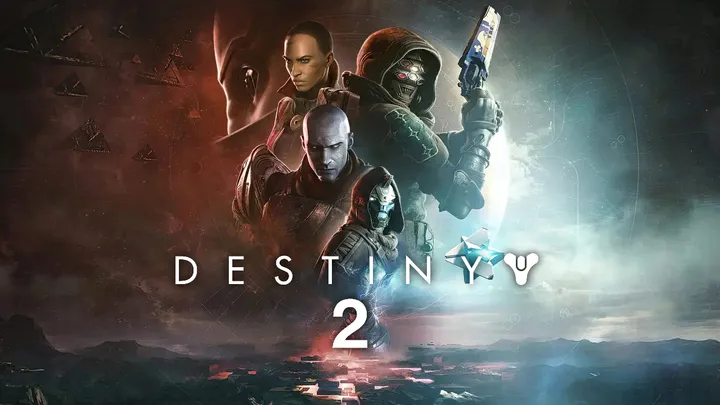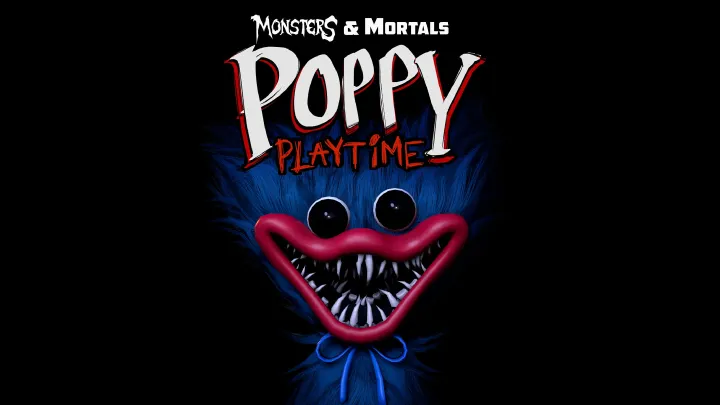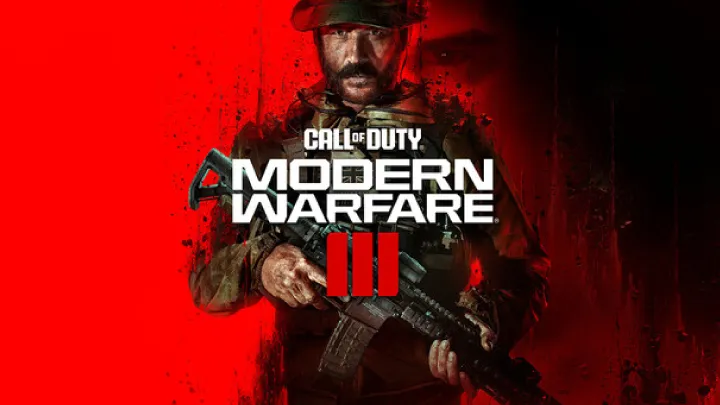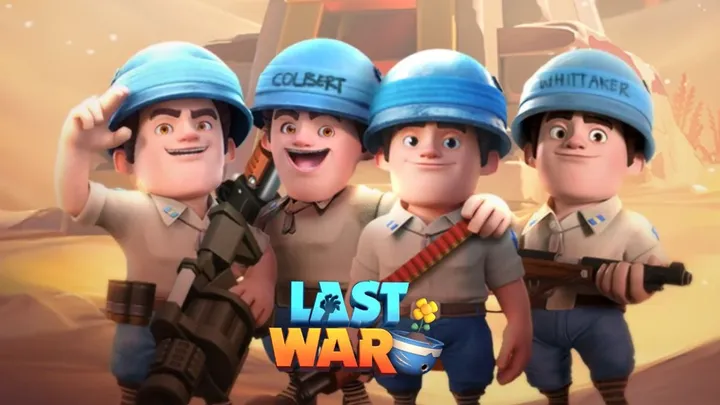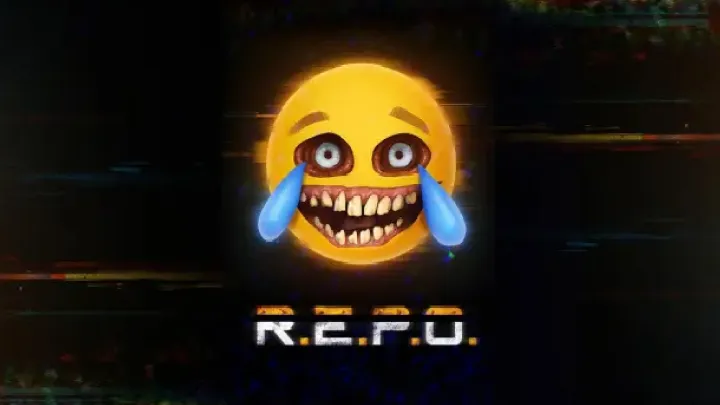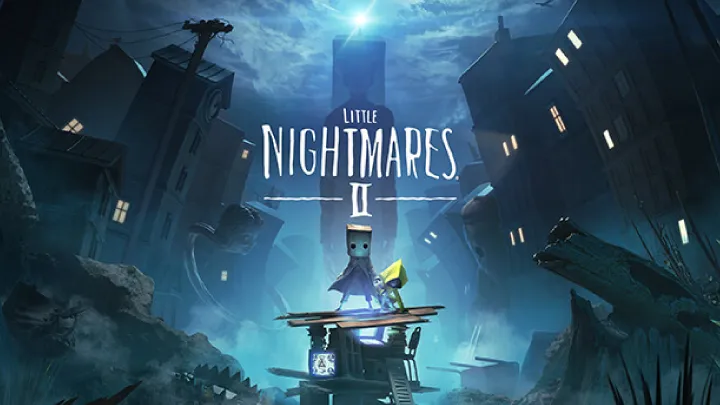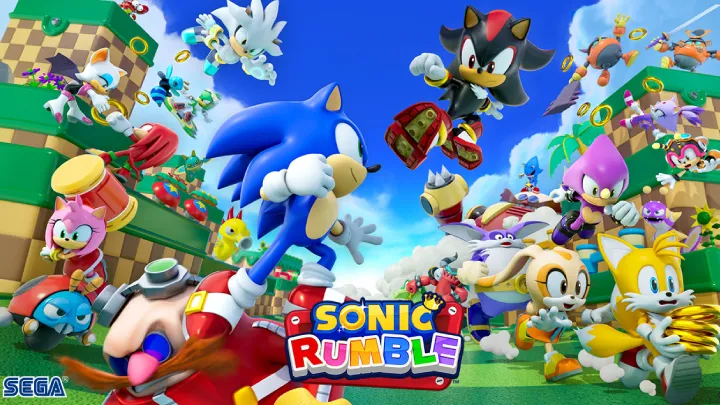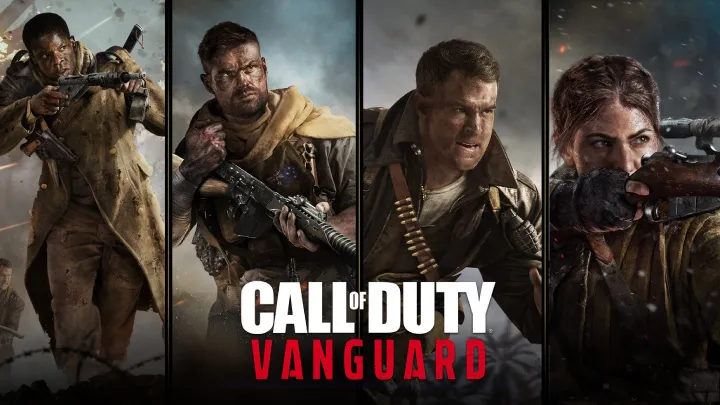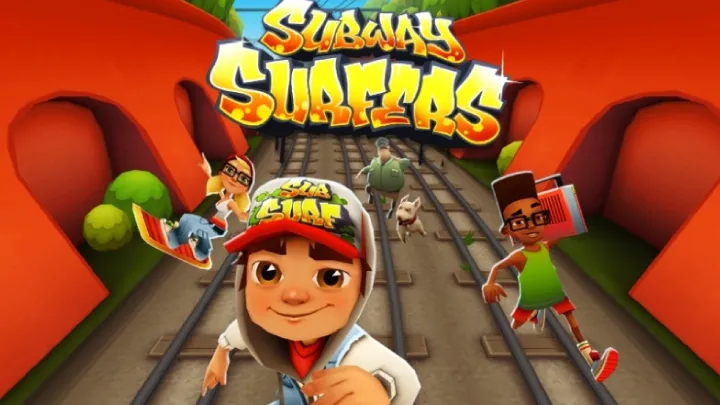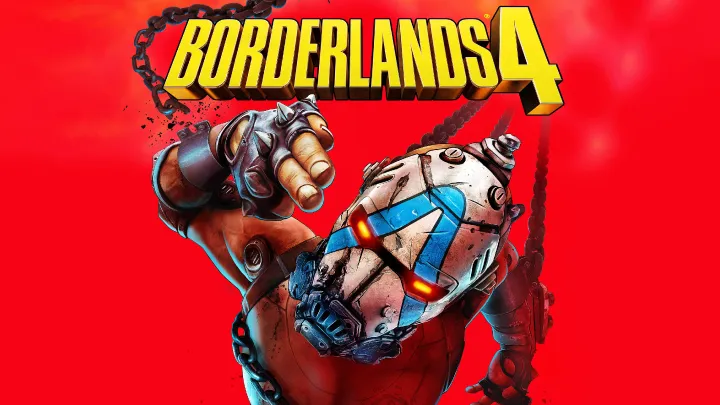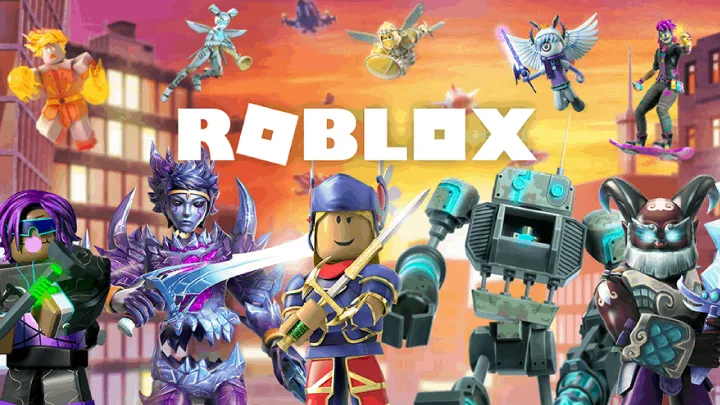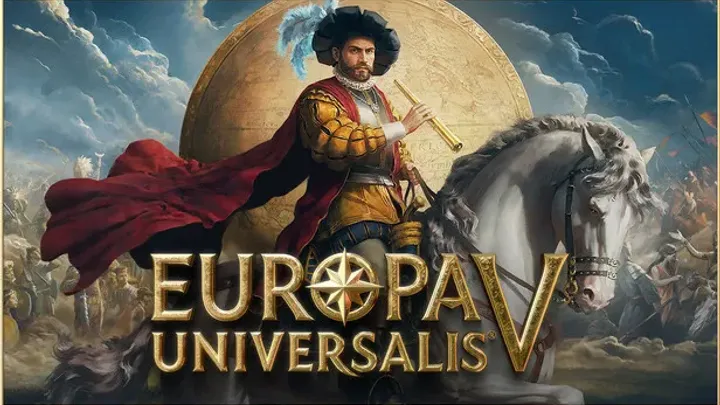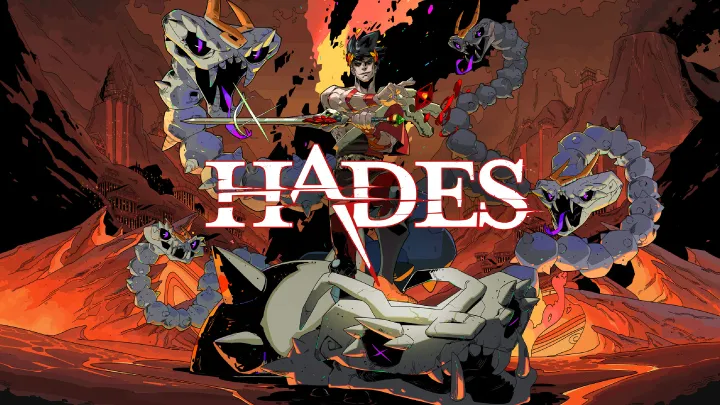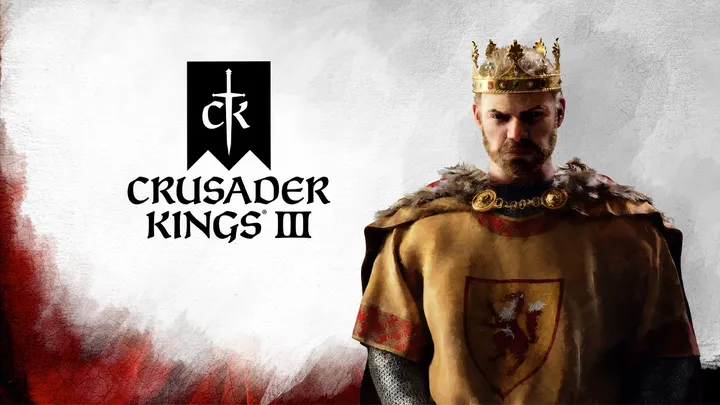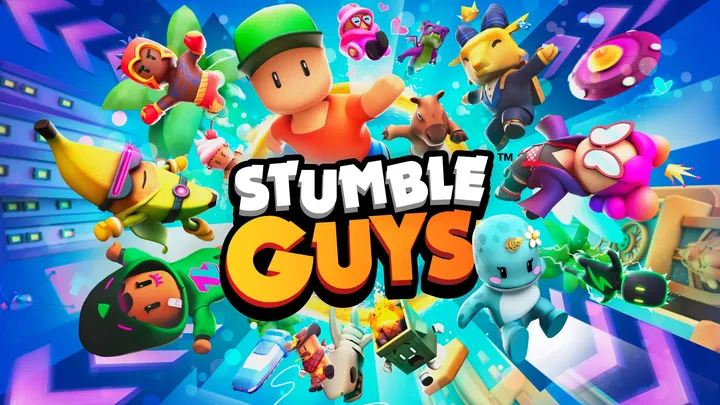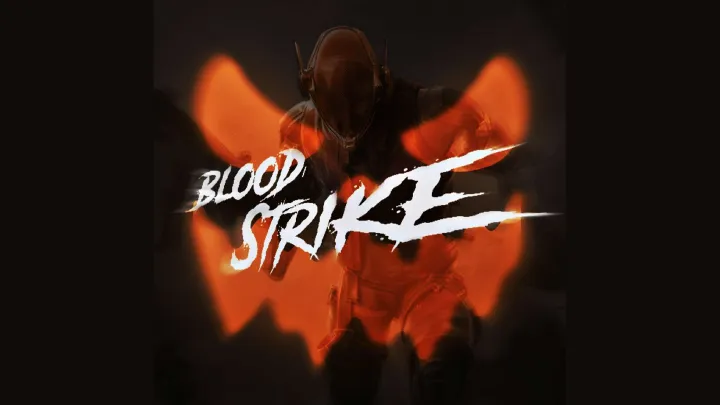Guilty as Sock! Review
Introduction
Guilty as Sock!, developed and published by Demon Max, launched on May 29, 2025, for Windows and macOS via Steam, delivering a chaotic multiplayer party game where players assume roles like lawyers, judges, and journalists in a sock puppet courtroom. Supporting teams of three to nine players, the game blends absurd arguments, evidence cards, and voice chat to create a hilarious legal showdown, priced at $4.95 with a launch discount. It garnered buzz following its demo release in January 2025 and a showcase at Gamescom 2024, showcased in player-shared courtroom clips and developer streams. Early feedback praised its humor and role diversity, though some noted technical issues and limited content. This review explores its narrative, world, gameplay, and technical execution to assess its potential as a quirky party title.
Narrative & Storytelling
Guilty as Sock! crafts its narrative through a player-driven storyline that emerges through trial outcomes and improvised chaos. Players embody sock puppets in a fictional courtroom, with the story unfolding through prosecutor charges, evidence reveals, and judge rulings, all shaped by voice chat banter. The narrative arc centers on delivering absurd verdicts, with key moments—such as a wild objection or a decisive doodle vote—adding a sense of comedic triumph. These moments foster a sense of playful rivalry, evolving from simple accusations to outrageous courtroom spectacles.
However, the lack of a structured plot might leave some wanting a deeper narrative, as the experience relies on emergent stories—player improvisation, role interactions, or evidence twists—that depend on group creativity. The storytelling excels in its lighthearted absurdity and social engagement, though its depth hinges on the participant’s willingness to embrace the chaos, making it a riotous experience for those who thrive in its silliness.
World & Environments
The world of Guilty as Sock! centers on a series of stylized courtroom settings, featuring diverse maps like the Pirate Court, Medieval Hall, and Default Court, rendered with a colorful, cartoonish aesthetic. The environments shift with each trial—rotating roles, new evidence cards, or thematic music—enhanced by interactive elements like doodle slates, paper balls, and dynamic lighting, creating a dynamic backdrop. Sound design, with custom tunes, gavel bangs, and player voices, builds an immersive atmosphere, while visual effects like sock animations or courtroom effects add playful variety.
Yet, the focus on fixed courtrooms might limit environmental evolution over time, as the emphasis remains on trial zones rather than a broader world. The design prioritizes a chaotic, evolving setting, which could feel repetitive for players seeking diverse exploration. Community feedback celebrates the thematic variety and audio cues, though some note map reuse, suggesting a world that thrives in humor but may benefit from expansion to sustain engagement.
Gameplay Mechanics
Core Loop
The core loop revolves around trial chaos and roleplay, where players argue and vote within 15-30 minute sessions, offering a lively rhythm. The cycle of presenting evidence, shouting objections, and delivering verdicts drives a compelling flow, encouraging social play.
On-Field Mechanics
The gameplay hinges on party game mechanics, where players use evidence cards, voice chat, and role abilities to sway trials, with tactical depth added by role synergies and improvisation. Multiplayer focus introduces variety, though balance issues with role effectiveness can disrupt flow. The mechanics reward teamwork and quick thinking, demanding mastery to overcome their unpredictable challenge.
Mode-Specific Features
The primary mode includes Online Trials, with objectives like securing a guilty verdict or earning points providing goals. Customization options and new roles like Journalist add variety, while leaderboards offer competition. The range of activities caters to different playstyles, but balance adjustments for pacing and content depth lag, a point raised in early feedback.
Progression & Multiplayer
Progression includes earning press cards, unlocking cosmetics, and upgrading roles, balancing effort with aesthetic and social rewards in a system that feels rewarding based on initial play. The game supports multiplayer with up to nine players, with real-time voice chat and roleplay, though server issues limit accessibility. The progression and multiplayer elements thrive on group synergy, requiring refinement to enhance stability.
Technical Execution
Guilty as Sock! delivers a visually quirky experience with its colorful graphics, smooth animations, and playful effects, optimized across PC with modest requirements. Post-launch updates have addressed stability, with patches like the August 2025 pirate update adding content, though occasional glitches like lag, crashes, and optimization issues persist. Audio impresses with original tracks and interactive sounds, though repetitive loops can detract over long sessions.
Controls are responsive with intuitive clicks and voice inputs, offering a natural feel on keyboards, though the lack of controller support limits versatility. Ongoing updates are refining core systems, but initial technical hiccups suggest continued optimization is needed. The execution supports the party focus, with visuals and audio as strengths amid polish challenges.
Community Feedback
Guilty as Sock! has cultivated an enthusiastic community, with early praise for its humor, role diversity, and voice chat chaos, though concerns about performance, content depth, and bugs surface from player discussions. Excitement for the pirate update and custom decks is widespread, but frustration with lag and limited maps persists. Community feedback drives development, sustaining interest, and player retention remains moderate, fueled by its low price and developer engagement.
Criticism centers on technical stability and variety, with players noting lag and a desire for more maps, alongside debates over role balance. The community’s active input shapes updates, reflecting a group eager to see the game evolve into a polished party experience, with initial Steam reviews showing a positive but critical reception.
Final Verdict
Guilty as Sock! delivers a hilarious party game experience with its absurd trials and cooperative chaos, celebrating a unique sock puppet twist. Its humor and role variety shine, though performance issues and content limits pose challenges. It’s a must-play for party and social fans, with patience required as updates refine the experience.

